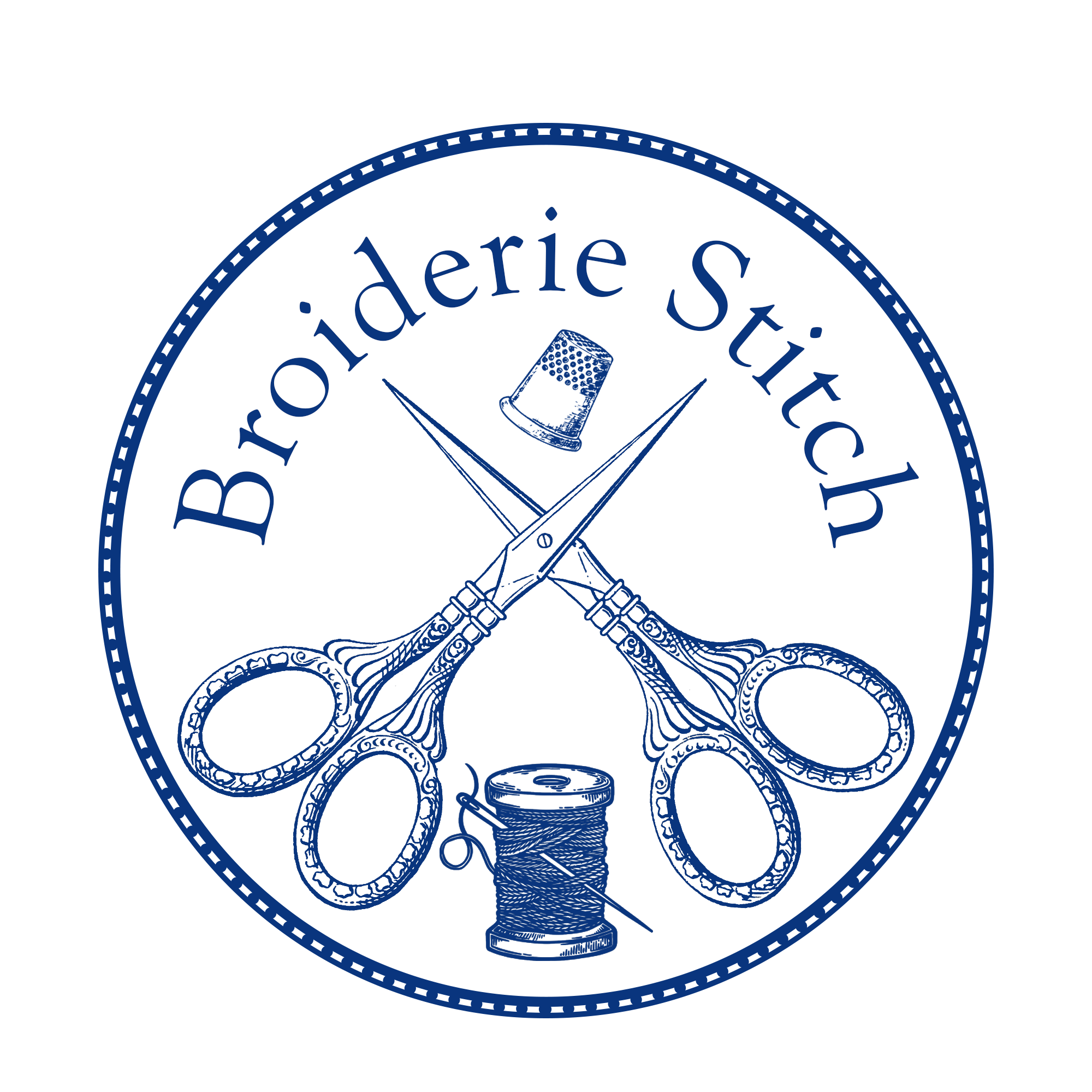Stumpwork is a form of embroidery that was very popular in the Elizabethan period in England. Its defining feature is pieces of embroidery cut out from one piece of fabric and applied to another – often in a very dimensional manner. These slips can be completely couched down over padding or a carved wooden form (the ‘stump’ that gives stumpwork its name) or they may be anchored at just a couple points to come off of the fabric as 3-d flower petals or butterfly wings.

(Butterfly wings in progress on scrap linen)
Often, these little slips are made with wire so that they can be bent and formed into complex shapes. After careful cutting from the base fabric, they’re ready to assemble. But what if we didn’t stitch them to another fabric? I’ve experimented with this idea a little, with the butterfly I made for our last embroidered egg. It was a finished piece by itself before I tacked it to the eggshell.

(Finished stumpwork butterfly)
It was a sweet butterfly, and a fun little challenge. I think it’s time for a bigger one, though. Something with a bit more . . . color! We spend enough time with black, navy, and grey. Time for a rainbow in shades we never get to take out of the box. What do you think?

(Nothing like DMC! They’ve added some new colors I’ve been dying to work with)
A rainbow is especially fitting for our next big project. Iris is the rainbow messenger of the Greek gods, and iris flowers come in just as many shades. Those large, slightly ruffled petals should be perfect to show off a myriad of colors, and unlike a rose’s many petals, six sounds like just the right number to start. Embroidered petals are a fair bit thicker than flower petals, so we don’t want anything with a million petals like a camellia, or it could end up too bulky to look real. A flower with many shades in each petal is preferable too – since there will be so many layers of stitches, the least they can be is colorful!
Embroidering something where the front and back both have to be pristine will be a challenge, but there are certain things that will help. One is beginning and ending threads on the front of the work, believe it or not. Starting and ending threads with a few backstitches carefully placed to be hidden by later work will make for a smoother finish than even the smallest knots on the back. Once the petals are completely embroidered, they’ll be carefully cut out and molded into shape. A framework of wire in each petal will give them the ruffled edges so characteristic of irises.

(Iris petals wired and ready to be shaded)
The marked lines in between the wires serve as a guide to the way the stitches will have to curve around the form. If they don’t adjust evenly across the petal, the shading will look unnatural. The stitches have to flow the way the petal grows, and so studying real blossoms is a huge help as well as a good excuse to get some flowers for the studio. Hopefully by the time these petals are shaped the ones in the garden will be blooming too!

